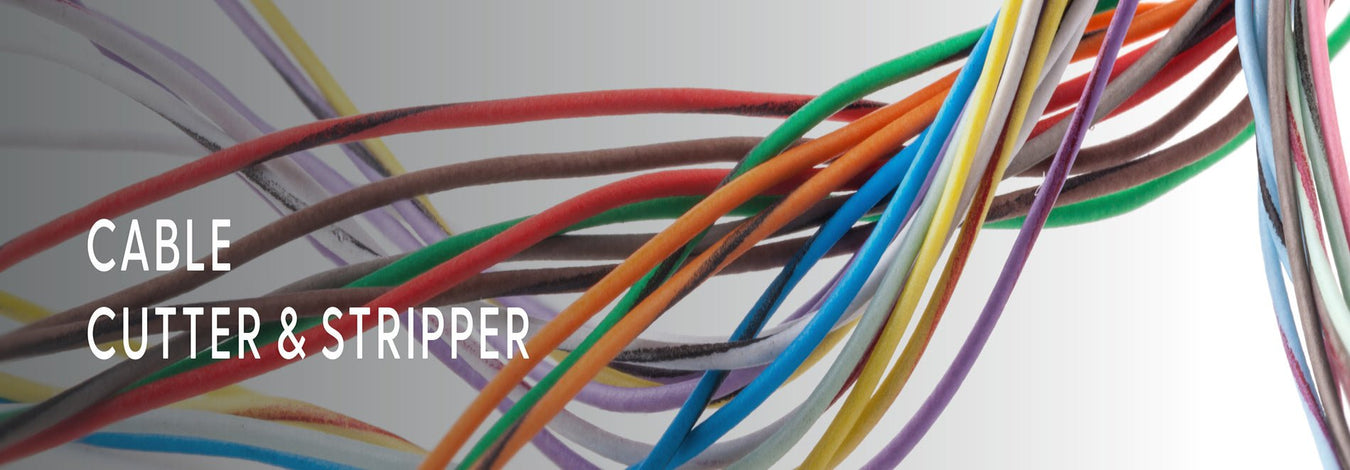
How Can I Connect a Battery Cable to a Lug?
If you work in the automotive, marine, renewable energy industries or often use inverters, you’ll often need to use battery cables. You’ll need to terminate them with a cable lug to connect them to batteries. While you can buy battery cables already connected to a lug, they can be fairly expensive. Also, getting the correct cable type with the correct lugs can be a little hassle. Therefore, the most practical alternative is to make your own battery cables with the desired lug.
You must connect the lug properly and tightly to ensure a secure and reliable electrical connection between a battery and the cable lug. The best way to make this kind of connection is through crimping. It entails pressing the cable lug to compress it tightly with the wire strands of a battery cable.
You must connect the lug properly and tightly to ensure a secure and reliable electrical connection between a battery and the cable lug. The best way to make this kind of connection is through crimping. It entails pressing the cable lug to compress it tightly with the wire strands of a battery cable.
This post is a comprehensive guide on connecting a battery cable to a lug through the crimping method. It also outlines all necessary tools and materials needed to complete the process.
Tools and Materials Needed
1- Battery cables
2- Battery lugs
3- Wire stripper
It helps you strip off insulation at the ends of the battery cable.
4- Wire cutter
It helps you cut battery cable to the desired length.
5- A crimping tool
Choose a battery cable lug crimping tool with jaws matching your lug sizes. For instance, the iCrimp HX-50BI Battery Cable Crimping Tool is ideal for 8, 6, 4, 2, 1, and 1/0 AWG heavy-duty lugs.
6- Heat shrink tubing & heat gun
Connecting a Battery Cable to a Lug: Step-by-Step Process
1- Choose a cable lug of the appropriate size
Most battery cable lugs/terminals are made of electrolytic copper but come in different styles. The most popular style used in battery applications is the ring type. You need to select a lug that matches the size of your cable (cable gauge). Suppose you’re using gauge cables; consider using heavy-duty lugs.
2- Prepare the battery cable
Start by measuring the length of the battery cable needed. Then, use a cable cutter to make a clean cut.
You’ll also need to strip the ends of the battery cable where you connect the battery lugs. To get an idea of how much insulation you need to strip off, you measure how deep your terminal’s barrel is. Then, use your wire stripper to remove the insulation. However, ensure you only strip off the insulation and avoid cutting the wire strands.
3- Insert the battery cable into the lug
Insert your cable wire strands into the barrel of the lug. Ensure there is no strand turnback, as it can reduce the electrical flow. Luckily, most lugs are designed with a slight at the bottom of the barrel, making it easy to insert the wire stranding.
Ensuring the wire stranding steers to the end of the lug’s barrel is also essential.
4- Crimp the lug
You can grab your crimping tool once you have a lug and battery cable together. Choose a die with a jaw matching the size of your lug: it will help you make a solid and air-tight crimp connection. Now position your lug on the right jaw of the crimping tool and apply steady pressure to crimp the lug.
Depending on the size of the lug, you can make more than one crimp.
Here is a video illustrating how to use crimping tool to crimp lugs.
Read more: How to crimp battery cable lugs.
5- Add insulation (optional)
Now that you have a tight connection, you can protect it by adding insulation. Slide a heat shrink tubing onto the battery cable from the uncrimped side to the crimped connection. Then, use your heat gun to shrink the tubing over the lug and the battery cable.
Note: If you need to use shrink tubing, inserting it into the battery cable before crimping either ends of the cable is the best approach.
As you can tell from the above guide, connecting a battery to a lug is not a complex process. You can create secure and tight electrical connections for your battery cable applications with the right tools. iCrimp offers a wide variety of such tools, from battery cable lug crimping tools and cutters to wire strippers.
References





